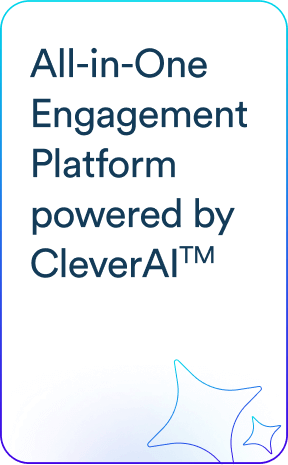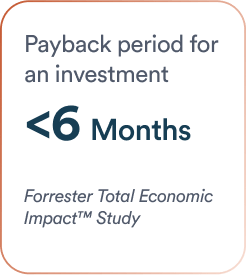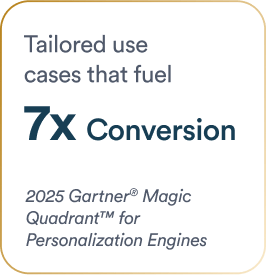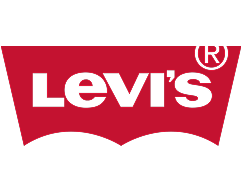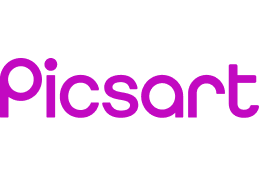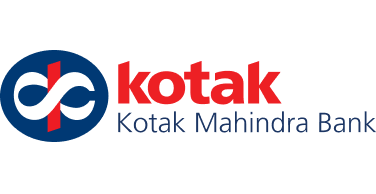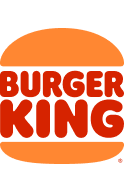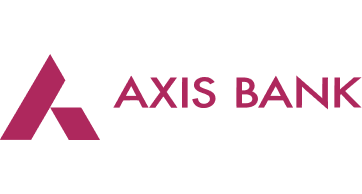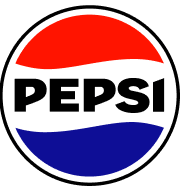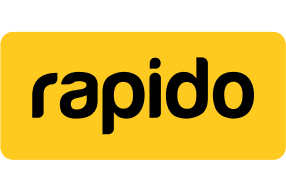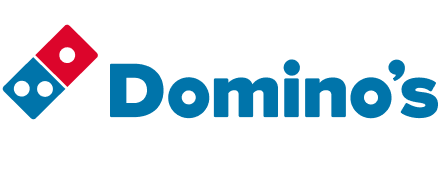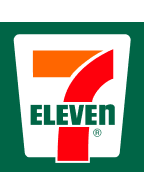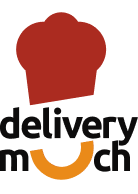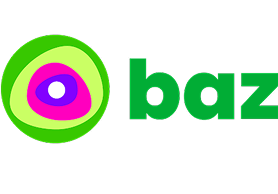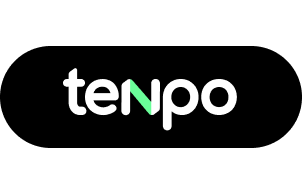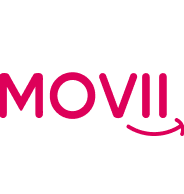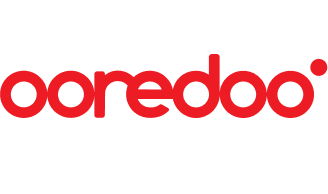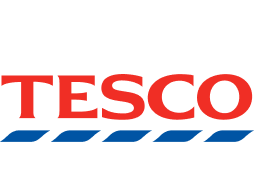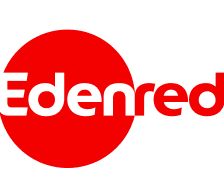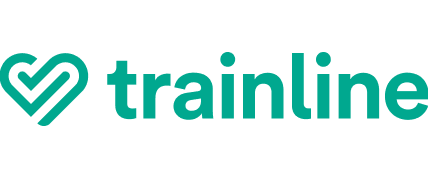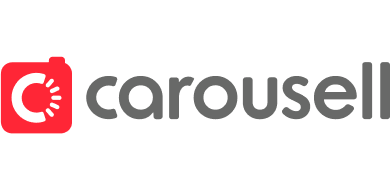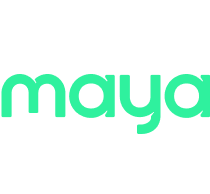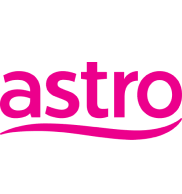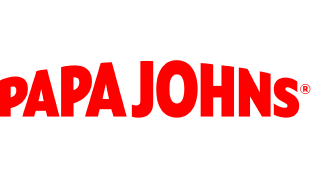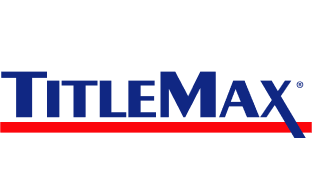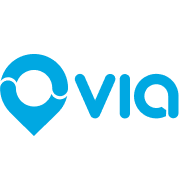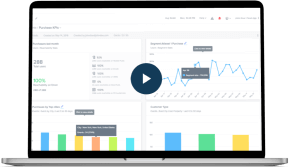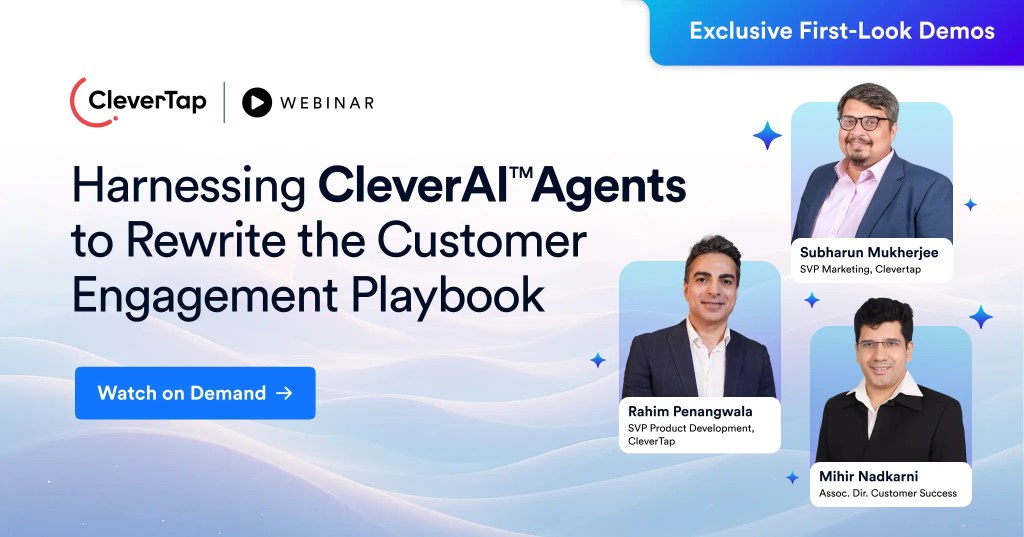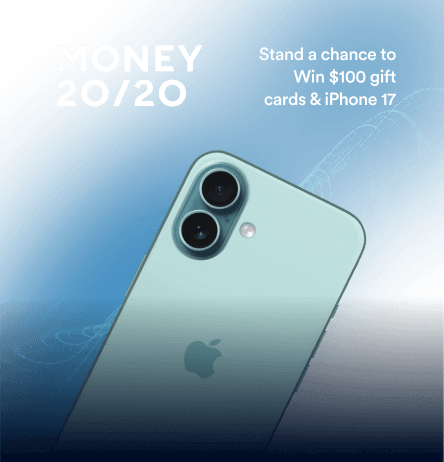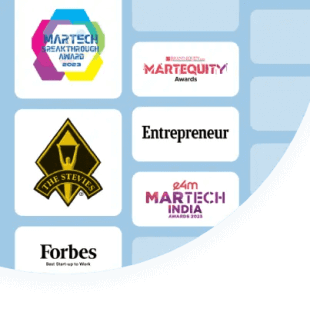Loyalty programs are powerful tools for increasing retention and driving repeat purchases. But the actual cost of building a loyalty program is often underestimated. From technology to rewards, these expenses can escalate quickly without proper planning.
A recent Queue-it report found that 84% of consumers are more likely to stay loyal to brands with a loyalty program. It is a clear sign of just how powerful these initiatives can be.
The real challenge isn’t just getting a program off the ground but knowing what you’re truly spending and how to manage those costs effectively. In this guide, we’ll unpack every expense, spotlight the hidden pitfalls, and walk you through a practical model to calculate your loyalty program costs with confidence.
Benefits Of Investing In Loyalty Programs
Think of loyalty programs as strategic investments that can transform customer relationships and drive sustainable growth. Just as investments have benefits to them, so do loyalty programs. Here are a few:
1. Improved Customer Retention: Loyalty programs give customers a compelling reason to return, helping brands build lasting relationships and reduce churn. When customers feel recognized and rewarded, they’re far less likely to switch to a competitor, especially in crowded markets.
2. Increased Customer Lifetime Value (CLTV): Members of loyalty programs tend to spend more and shop more frequently than non-members, directly boosting overall revenue. Over time, even small increases in purchase frequency or basket size can significantly impact a brand’s bottom line.
3. Actionable Customer Insights: Every interaction with a loyalty program, whether it’s a sign-up, a redemption, or a referral, generates valuable data. Brands can use these insights to segment audiences, personalize offers, and create experiences that resonate with individual preferences.
5. Lower Reliance on Acquisition: Retaining existing customers is far more cost-effective than constantly chasing new ones. Loyalty programs help brands shift their marketing spend from acquisition to nurturing high-value relationships, reducing overall customer acquisition costs.
6. Stronger Brand Loyalty: A well-designed loyalty program doesn’t just keep customers coming back; it turns them into advocates. Satisfied members are more likely to refer friends and share positive experiences, amplifying your brand’s reach through authentic word-of-mouth.
Breakdown Of Potential Costs In A Loyalty Program
When planning the cost of a loyalty program, it’s easy to focus on the headline rewards and forget the many moving parts that drive the real price. Here’s a closer look at the main expenses every brand should consider:
1. Technology & Platform
The foundation of any loyalty program is the technology that runs it. This can mean monthly fees for a ready-made loyalty platform or a larger upfront investment for a custom-built solution. For example, a fast-growing e-commerce brand might pay for integrations with their app, website, and CRM, plus ongoing maintenance and security updates, making it an important factor to consider when it comes to the cost of a loyalty program.
2. Rewards & Incentives
Rewards are what motivate customers to join and participate. Whether it’s points, discounts, freebies, or exclusive access, these perks come with a real price tag. For example, a coffee chain needs to account for the cost of every free drink or product redeemed, and those costs can quickly add up as engagement grows.
3. Marketing & Promotions
Getting customers to sign up and stay engaged requires ongoing marketing. This includes launch campaigns, email and push notifications, in-app banners, and special promotions like double points events. A subscription brand might invest in influencer partnerships or targeted ads to boost program awareness.
4. Fulfillment & Logistics
Physical rewards bring additional costs: shipping, packaging, and handling. Even digital rewards, like e-gift cards, can involve licensing or transaction fees. An online retailer offering branded merchandise would need to budget for both the items themselves and the logistics of getting them to customers.
5. Analytics & Reporting
To make smart decisions, brands need data. Investing in analytics tools helps track program performance, segment users, and measure ROI. For example, a fintech company might use advanced dashboards to see which rewards drive the most engagement or retention.
6. Onboarding & Support
Launching a program means training staff and educating customers. This could involve creating onboarding materials, running in-store demos, or providing customer support for questions and troubleshooting. A retail chain may dedicate resources to ensure both employees and shoppers understand how to get the most from the program.
Factors That Influence Cost
The total cost of a loyalty program is shaped by your program’s design, the size of your customer base, and the technical and regulatory demands of your business. Here are the key factors to keep in mind:
- Program Complexity: More features, tiers, or gamification elements increase both setup and ongoing expenses.
- Customer Base Size: Serving a larger audience requires more robust technology and higher support costs.
- Global vs. Local Deployment: Expanding internationally adds costs for localization, compliance, and multi-currency rewards.
- Integration Requirements: Connecting your loyalty program to POS, CRM, or e-commerce platforms can require custom development and additional resources.
- Reward Structure: Offering premium or highly customizable rewards increases costs compared to simpler points-based systems.
- Compliance Needs: Data privacy regulations and industry standards (like GDPR or PCI DSS) may require extra investment in security and legal oversight.
Types Of Loyalty Programs And Their Cost Variations
Loyalty programs come in many shapes and sizes, each with its own cost structure and operational demands. Here’s how the most common formats differ when it comes to budgeting and management:
Points-Based Programs
This is the most familiar approach: customers earn points for purchases or activities, which they later exchange for rewards. These programs are relatively simple to launch and manage, but as your customer base grows, so do the costs of tracking, fulfillment, and reward redemption.
Tiered Programs
Tiered models reward customers for reaching new levels of spending or engagement. While they’re great for motivating long-term loyalty, they require ongoing investment in exclusive perks and communications to keep members climbing the ladder. Managing multiple tiers can also add to your tech and analytics expenses.
VIP/Paid Programs
In this format, customers pay a subscription fee for special benefits, such as free shipping, early access, or exclusive offers. Paid programs can offset some costs upfront and reduce liability, but they require truly valuable perks and strong marketing to convince people to join.
Cashback Programs
Here, customers get a percentage of their spending back, either as cash or store credit. The cost is easy to predict, but as more customers participate, the total payout can add up quickly. Brands need to carefully balance the cashback rate to protect margins.
Coalition Programs
Coalition programs let customers earn and redeem rewards across a group of partner brands. While this expands your reach, it also means sharing revenue, coordinating technology, and managing more complex operations, which often results in higher administrative costs.
Gamified Programs
Adding game-like elements, like challenges, badges, or leaderboards, makes loyalty more interactive. These programs drive engagement but require ongoing investment in creative content, app updates, and user experience design to keep things interesting.
Looking for inspiration? Check out these customer loyalty program examples to see how top brands design rewards that drive real retention.
Hidden Or Underestimated Costs
While most brands allocate funds for rewards and technology, there are several hidden or underestimated costs that often go unnoticed but can significantly affect your financial performance.
Breakage
Breakage refers to loyalty points or rewards that go unredeemed. On the surface, this might look like “free money” for your business, but it can distort financial planning and customer satisfaction. According to SupermarketNews, nearly 30% of loyalty points go unredeemed each year, but if redemption rates suddenly rise, your costs can spike unexpectedly.
Fraud Mitigation
Loyalty programs are being increasingly targeted by fraudsters, from account takeovers to fake sign-ups that exploit reward systems. Fraud prevention now requires investments in security, monitoring, and staff training. Losses from loyalty fraud have surged up to 89% in recent years, costing businesses an estimated $1 billion annually, according to Cision PRWeb.
Support Load
As your program grows, so does the demand on your customer support team. Handling questions about points, redemptions, and technical issues can require dedicated resources, especially during promotions or platform changes.
Reward Abuse
Some customers find loopholes or share codes to maximize rewards beyond intended limits. This “policy abuse” can quietly drain your budget and undermine the program’s integrity. Clear terms, monitoring, and enforcement are essential to keep costs in check.
How To Calculate Loyalty Program Pricing
Once you’ve mapped out the moving parts of your loyalty program, the next step is to translate them into a tangible budget. A simple formula can help break down your total annual investment into clear, manageable components.
Total Cost = Setup + Rewards + Operations
Pricing a loyalty program doesn’t have to be complicated. Most brands start by breaking costs into three main buckets:
- Setup costs: This includes technology or platform fees, initial development, and integration work.
- Rewards costs: The value of points, discounts, freebies, or perks that customers actually redeem.
- Operational costs: Ongoing expenses like marketing, customer support, analytics, staff training, and program management.
Once you have your total annual cost, it’s helpful to understand efficiency by calculating
Cost per user: Total Cost ÷ Number of Active Users
This metric shows how much you’re spending to engage each active member in your program. It helps you gauge whether your investment per customer is delivering enough value in return.
Cost per redemption: Total Rewards Cost ÷ Number of Redemptions
This tells you the average cost of each reward given out, making it easier to track the true expense of your incentive strategy.
Average Cost Of A Loyalty Program By Industry
Loyalty program costs can vary widely depending on the industry, driven by factors like reward types, customer frequency, and logistics. Here are some benchmarks to help you understand:
Retail
According to Mansmith, supermarkets usually spend around 1% to 1.5% of their revenue, while other retail can range from 2% to 5%. This is primarily due to managing diverse product inventories, the need for seamless omnichannel integration across online and physical stores, the sheer scale of customer bases requiring robust technology, and the logistics of varied reward types like free shipping.
QSR (Quick Service Restaurants)
The cost of a loyalty program averages 10% of a company’s total budget, as per PayiQ. Costs are driven by high transaction frequency with low average order values, the direct impact of free food rewards on profit margins, the strong customer demand for personalization, and the operational overhead of staff training for in-store program execution.
Travel
Lodging Magazine says that hotel loyalty programs cost an average of 1.5% of total operating revenue. A significant cost is the billions in financial liabilities from unredeemed points. This is influenced by extensive B2B partnerships (selling miles to credit card companies), high-value rewards like free flights and upgrades, and the global scale of operations.
E-Commerce
Initial setup can range from $10,000 to $60,000+, with monthly software fees from $50 to $500, as per Raft Labs. Costs stem from investment in sophisticated digital platforms for hyper-personalization, the direct fulfillment expenses of popular benefits like free shipping, and the need for seamless integration with existing e-commerce and CRM systems.
Maximizing Loyalty ROI with CleverTap
Brands often face challenges in linking loyalty program investments directly to measurable business outcomes. CleverTap addresses this gap by enabling data-driven engagement strategies that ensure loyalty initiatives are both impactful and efficient.
Real-Time Segmentation:
CleverTap’s segmentation engine allows brands to categorize users based on granular behavioral data, preferences, and their position in the customer lifecycle. With support for up to 10 years of lookback data via TesseractDB™, marketers can create precise audience segments, such as high-frequency purchasers or dormant users. They can act on them in real time using a no-code interface.
Behavior-Triggered Engagement Flows:
Rather than issuing rewards on a fixed schedule, CleverTap enables brands to set up automated workflows that trigger rewards based on specific user actions. This includes events like completing a first purchase, crossing a loyalty threshold, or returning after inactivity. These event-based journeys are configured through CleverTap’s Lifecycle Optimizer, allowing for personalization and cost control by targeting only meaningful moments.
AI-Driven Churn Risk Prediction:
CleverTap incorporates predictive intelligence via RFM segmentation and intent-based models to identify users at risk of churn. These insights allow marketers to deploy pre-emptive strategies, such as targeted messages or loyalty perks, at optimal times, reducing reliance on win-back campaigns and preserving long-term value.
Attribution and Loyalty Program Evaluation:
Through integrated analytics capabilities such as Real Impact dashboards, cohort analysis, and funnels, brands can directly attribute user retention or revenue lift to specific loyalty interventions. This enables ongoing refinement by revealing which rewards lead to increased engagement or repeat purchases, and which may be underperforming.
Unlock deeper loyalty insights and drive smarter engagement decisions with CleverTap.
Rethinking Loyalty Program Investment
A well-designed loyalty program can deliver lasting value only if brands understand the true costs and focus on what drives real engagement. By carefully tracking expenses, measuring impact, and using tools like CleverTap to personalize and optimize every interaction, brands can turn loyalty from a cost center into a powerful growth engine. The key is to move beyond generic rewards and invest in data-driven strategies that build genuine customer relationships and long-term retention.
Want to power your loyalty program with real-time insights and smarter engagement? Book a demo with CleverTap and see how we help brands turn retention into revenue.
Shivkumar M 
Head Product Launches, Adoption, & Evangelism.Expert in cross channel marketing strategies & platforms.
Free Customer Engagement Guides
Join our newsletter for actionable tips and proven strategies to grow your business and engage your customers.

